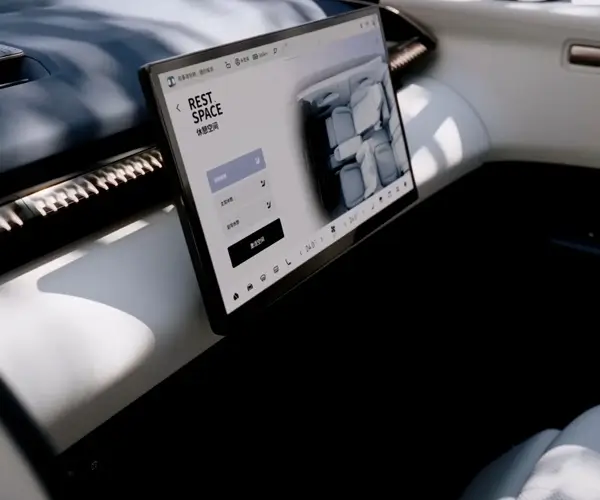part 1:
Imagine a world where movement is graceful, precise, and seamlessly integrated into the smallest corners of machinery. This isn't a distant future—it's the present, driven by the incredible advances in small linear servo mechanisms. These tiny yet powerful components are transforming industries and opening new horizons in automation, robotics, medical devices, and consumer electronics.

What Is a Small Linear Servo Mechanism?
At its core, a small linear servo mechanism is a device designed to convert electrical signals into precise linear motion. Unlike rotary servos that rotate objects around an axis, linear servos move things in a straight line. The “small” qualifier highlights their compact size, enabling integration into tight spaces and intricate systems. Their architecture often comprises a miniature electric motor, a feedback sensor—such as an encoder or potentiometer—and a control circuit.
This setup allows the mechanism to perform highly controlled movements, adjusting position dynamically based on real-time feedback. In essence, small linear servo mechanisms marry precision with miniaturization, offering a versatile solution for applications demanding exact linear positioning in limited space.
Principles of Operation
The operation hinges on a closed-loop control system. When an external command is given—say, move the actuator to a specific position—the servo compares its current position (read through the feedback sensor) with the desired position. The control circuit then directs the motor to make the necessary adjustments, ensuring the output reaches and maintains the target position.
This feedback loop is the secret sauce: it offers accuracy and repeatability even under varying load conditions or external disturbances. The tiny form factors don’t compromise their capacity—these mechanisms can achieve micrometer-level precision, making them indispensable in high-precision tasks.
Design Elements and Components
The effectiveness of a small linear servo mechanism is rooted in its key components:
Motor: Usually a brushed or brushless DC motor, selected for its size, speed control, and torque capabilities. Gearbox or Lead Screw: Often used to translate rotational motion into linear displacement. The choice depends on the application—some prefer ball screws for high precision, while others opt for simpler lead screws. Feedback Sensor: Critical for providing real-time positional data. Encoders are common, offering high resolution, while potentiometers can be used for simpler applications. Control Circuitry: The brains of the operation, interpreting feedback signals and adjusting motor commands accordingly.
Advantages of Small Linear Servo Mechanisms
What makes these mechanisms stand out? Their advantages include:
Compactness: Their small footprint allows integration into devices where space is at a premium, like medical implants, miniature drones, or precision instrumentation. High Precision: They can deliver incredibly accurate linear positioning, often down to micrometers. Rapid Response and Speed: Despite their size, they often feature quick acceleration and high-speed operation. Repeatability: Capable of consistent performance over millions of cycles, ensuring durability in demanding environments. Energy Efficiency: Their precise control minimizes power waste.
Applications Across Industries
The versatility of small linear servo mechanisms is evident in their broad usage:
Robotics: Enabling delicate tasks such as assembly, pick-and-place operations, and prosthetics. Medical Devices: Controlling surgical tools, microfluidic systems, and diagnostic equipment. Optics and Camera Equipment: Adjusting lenses, mirrors, or sensors with micron-level accuracy. Industrial Automation: Facilitating intricate conveyor systems, precision machining, or packaging lines. Consumer Electronics: Powering components in high-end audio devices or gaming controllers needing subtle, accurate movements.
Challenges and Limitations
While remarkable, these servo mechanisms aren’t without their challenges. Their small size can limit the maximum load capacity and might impact thermal dissipation. Achieving high precision often calls for meticulous manufacturing and calibration. Additionally, they can be sensitive to environmental factors like dust or vibration, necessitating protective measures.
Emerging Trends and Future Directions
The future of small linear servo mechanisms is vibrant. Innovations include the integration of intelligent control algorithms, such as machine learning and adaptive control, to enhance performance and longevity. Advances in materials—like lightweight alloys and high-performance ceramics—are enabling even smaller and more robust designs.
Furthermore, as industries shift toward miniaturization and automation, these mechanisms will be central to the development of smarter, more integrated systems. The rise of the Internet of Things (IoT) promises predictive maintenance and remote operation, making these tiny actuators even more valuable.
In the next installment, we'll delve into cutting-edge innovations, case studies demonstrating their transformative impact, and practical tips for selecting the right small linear servo mechanism for your project.
Kpower has delivered professional drive system solutions to over 500 enterprise clients globally with products covering various fields such as Smart Home Systems, Automatic Electronics, Robotics, Precision Agriculture, Drones, and Industrial Automation.




































